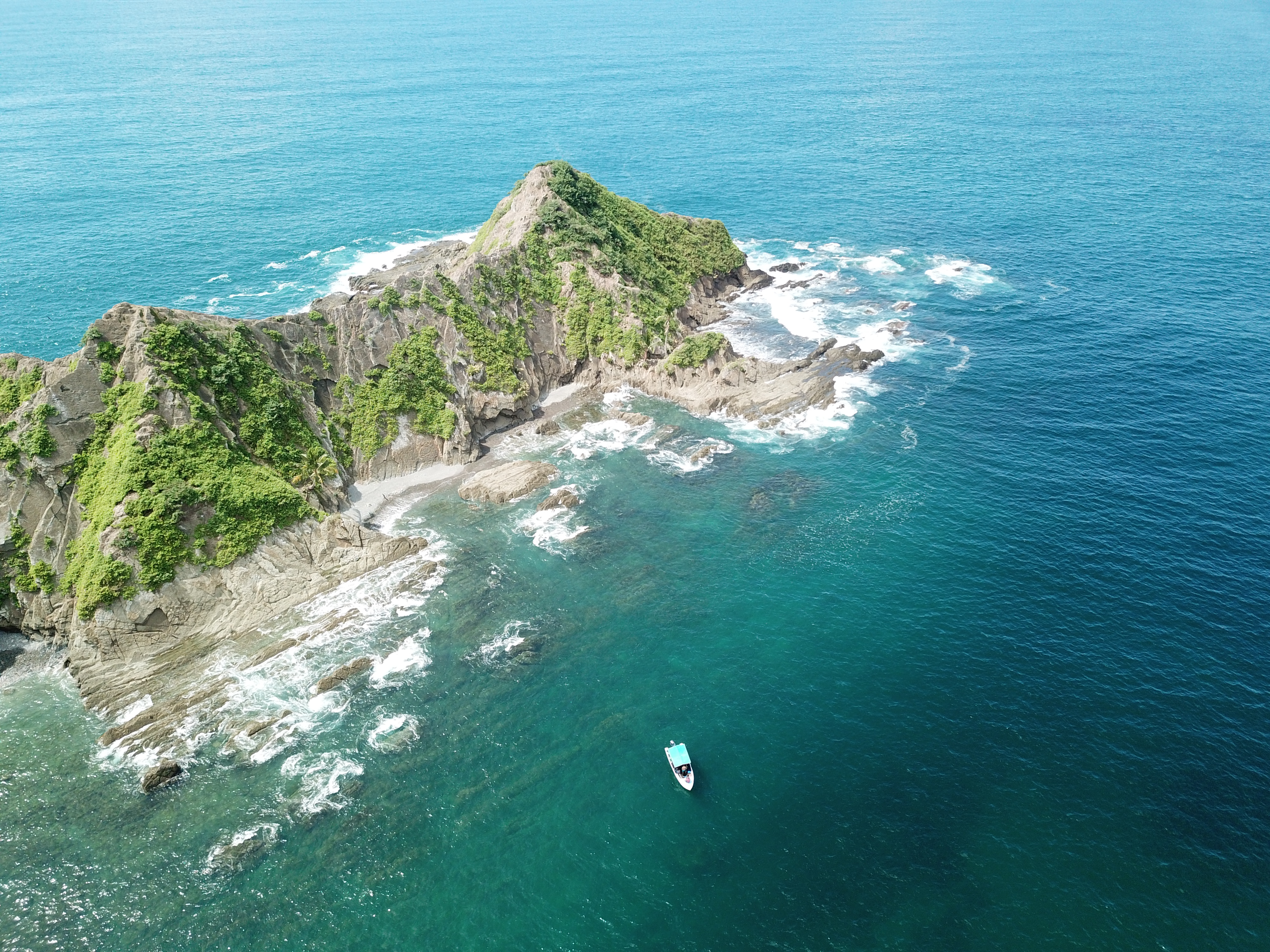New Hope Spot Designated in the Eastern Pacific Ocean Celebrates New Marine Conservation Center and Highlights Need for MPA
December 2, 2021
Header image: Carlos Mallo
OSA PENINSULA, COSTA RICA (December 2nd, 2021)
Costa Rica’s Osa Peninsula is one of the most visited places in the country and is well-loved among naturalists and photographers. National Geographic has described this marine ecosystem as “the most biologically intense place on Earth”. Costa Rica’s waters here are traversed by creatures like humpback whales (Megaptera novaeangliae), great hammerhead sharks (Sphyrna mokarran), sea turtles (Chelonioidea) and rays (Mobula birostris). This marine corridor encompasses a diverse cluster of ecosystems that are all essential for the survival of marine life, including the coral reefs of Caño Island and one of the largest wetlands of the Pacific coast of Central America. Unfortunately, it is also a place that has felt the impacts of industrial fishing – problems that could be mitigated through an expanded marine protected area (MPA) that encompasses the existing MPAs in the area.
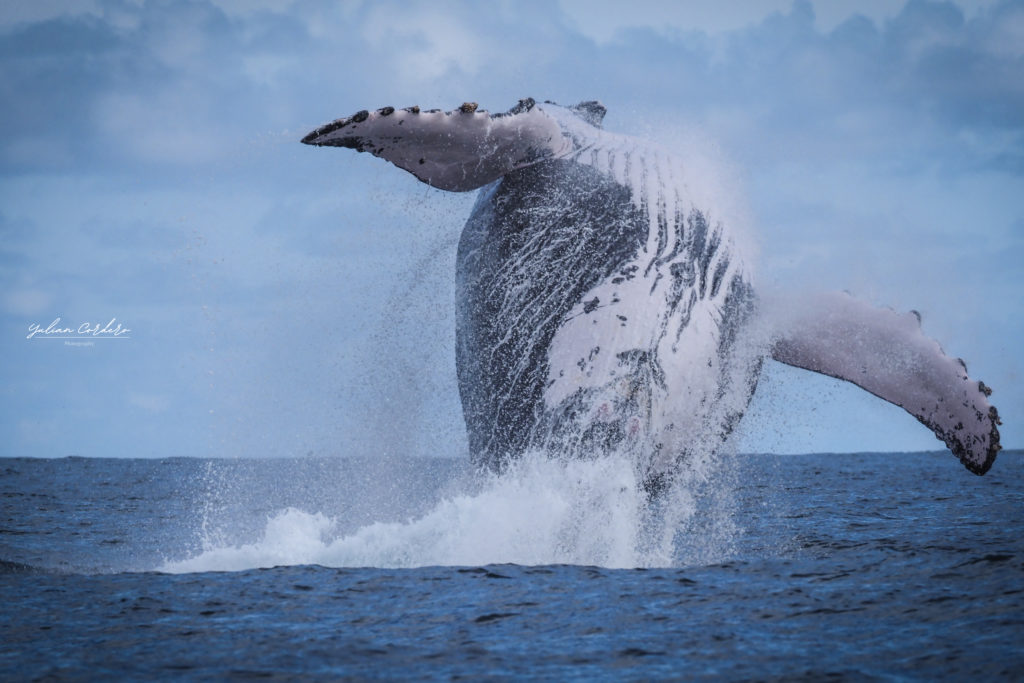
Mission Blue has named the Biological Marine Corridor of Osa as a Hope Spot and local NGO Innoceana as the Champion. Mission Blue recognizes their work in protecting Costa Rica’s marine life through their several conservation programs, specifically Entangled in Costa Rica in which the Innoceana team conducts animal rescues and net disentanglements in the waters surrounding the peninsula.
Dr. Sylvia Earle, Founder of Mission Blue says, “Costa Rica’s Osa Peninsula is widely recognized as one of the most biologically intense areas in the world. The biological marine corridor adjacent to the Osa Peninsula seems like a logical place to safeguard the amazing diversity of life that prospers there.”
The Hope Spot Champions, Yulian Cordero Sanchez, Carlos Mallo Molina and Laura Vanopdenbosch of Innoceana are working to accelerate the creation of the marine protected area, named Reserva Marina Álvaro Ugalde Víquez. The MPA was originally proposed and sent to Congress in 2016 but was denied.

Carlos Mallo, Hope Spot Champion and CEO of Innoceana, says, “From the rainforest of Corcovado or the wetlands of Sierpe, to the shallow coral reef of Caño Island up to the deep waters of Osa Peninsula, there is not a centimeter of space without life here.”
Cordero, Mallo and Vanopdenbosch invite the public Mission Blue community to a virtual screening of their new short documentary, Entangled in Costa Rica, on December 9th. The short film tells the story of a group of people who rescued two Humpback whales from entanglement in fishing lines. The United Nations estimates that between 600,000 to 800,000 tons of ghost gear – lost or discarded fishing gear – is dumped into the oceans every year. These nets have killed and injured hundreds of thousands of cetaceans and continue to damage critical habitats. Innoceana’s goal is to raise funds for the creation of a specialized rescue squad in the area and their continued research.
Hannes Klein, Co-founder of The Vegan Pirates says, “Recording this documentary with Innoceana was a great way to show the world the problem of ghost fishing.”
Just as land animals don’t stay in one place, marine life doesn’t either. There are currently four MPAs in the area, including The National Park Marino Ballena, (5,160 hectares protected), The Biological Reserve Caño Island (5,201 hectares protected), The National Wetland Terraba-Sierpe (30,654 hectares protected), and The Corcovado National Park (2,400 hectares protected). However, these MPAs don’t currently touch, leaving migrating marine life vulnerable between the gaps. Mallo explains, “If we want to establish effective protection for the marine life that migrate through Costa Rica’s waters, we need to apply thorough protection across the entire area.”
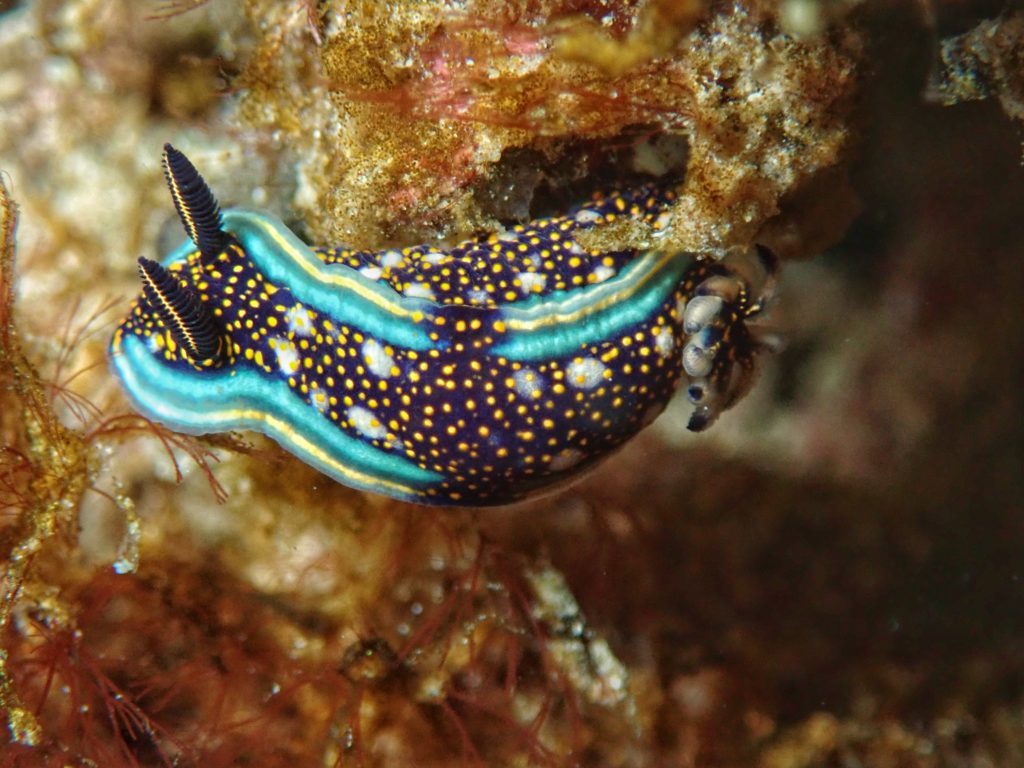
Industrial fishing is common within the corridors that connect the four MPAs. Bottom trawling destroys the seafloor, the coral reefs and invertebrate life essential for bigger organisms to survive while longline fishing and industrial tuna fishing cause accidental by-catch. Shark fishing remains a continuous threat as well. By-catch is a huge threat to whales, dolphins, sharks, rays and turtles. “Much still needs to be studied in order to understand the whole dynamic of the marine ecosystem and the connection between different areas”, describes Laura Vanopdenbosch, Costa Rica Project Director at Innoceana and Hope Spot Champion. “With a better understanding, we will be able to define specific conservation measures and protect marine life more efficiently.”
The Champions aim to limit fishing activities in the Hope Spot. “Only sustainable fishing should be allowed in such a fragile and rich area, and we will fight to keep the prohibition of bottom trawling, longline fishing and industrial tuna fishing”, Vanopdenbosch elaborates.

The Hope Spot Champions also hope that an expanded MPA can help to mitigate the effects of climate change. Yulian Cordero Sanchez, Hope Spot Champion and local naturalist guide explains, “Abundant phytoplankton and cetaceans, healthy mangroves and coral reefs all store huge amounts of carbon dioxide from the atmosphere and are important to decrease the effects of climate change.” Sanchez is also co-leading the creation and opening of the first Marine Conservation Center in Costa Rica’s South Pacific.

The Marine Conservation and Education Center Innoceana (MCECinnoceana) will be officially launched early 2022 and will serve as the main base for organizations, local communities, universities, tourists and other collectives to work together in marine conservation.
“The MCEC (Marine Conservation Center Innoceana) is the first of its kind in Costa Rica, and the result of years of Innoceana working in Marine Conservation around the Osa waters. This Center is said to be a strong portfolio of Education for the local schools as well as a research station of the Osa’s underwater treasures”, Mallo says.
Plans for the Marine Conservation Center include a children’s program aimed at fostering a life-long love for the ocean and building greater public awareness of the need to safeguard local marine life.

The Champions’ additional long-term goals for the Hope Spot also include improving scientific research, conservation initiatives and community involvement. They also want to build more support for a stronger local ecotourism industry and create measures for treating water. “In this area, most of the big hotels and homes do not have any water treatment system and they release their sewage straight into the ocean, dramatically affecting marine life”, Cordero says.
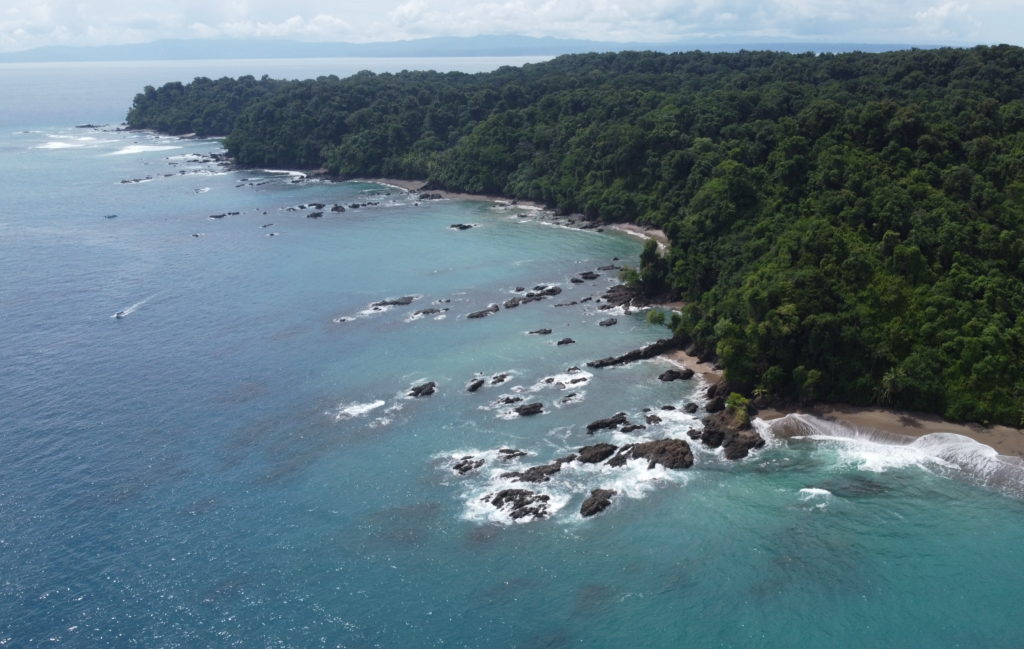
Local economies in this area focus on agriculture (banana plantations, palm oil and pineapple). Unfortunately, agriculture along with fertilizers pollute the rivers and coastlines and contribute to eutrophication. The local economy also relies on fishing and tourism, industries that can negatively affect the local marine ecosystems. The Hope Spot will serve as a great tool to start creating impactful projects working along with the community.
“The Pacific South of Costa Rica is still quite rural, and marine awareness programs need to be implemented as a portfolio for schools and other institutions”, explains Randall Arauz, conservationist, Champion of the Coco-Galápagos Swimway Hope Spot and Goldman Prize winner.
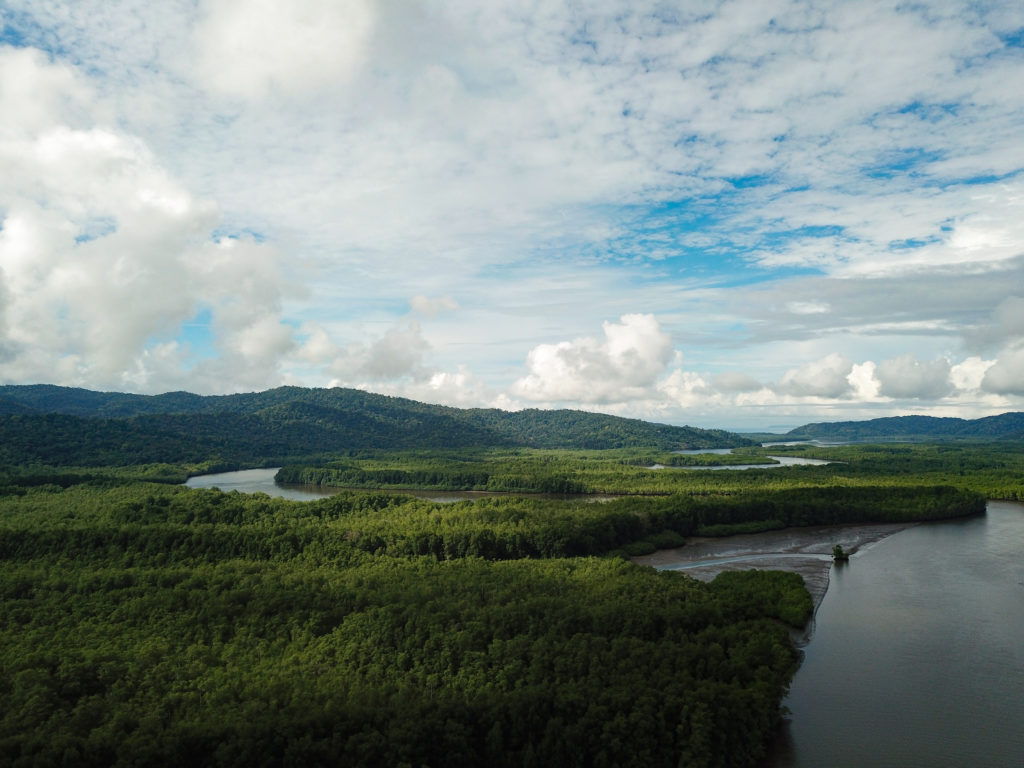
Wendy Barrantes, Administrator of the Térraba Sierpe Wetland says, “The Térraba Sierpe National Wetland (RAMSAR Site) is a cradle of biodiversity and culture. It serves as an economic core with ecosystem services benefitting neighboring communities.” This site is located within the Hope Spot boundaries and supports eco-tourism activities like mangrove tours, photography, bird watching and night tours.
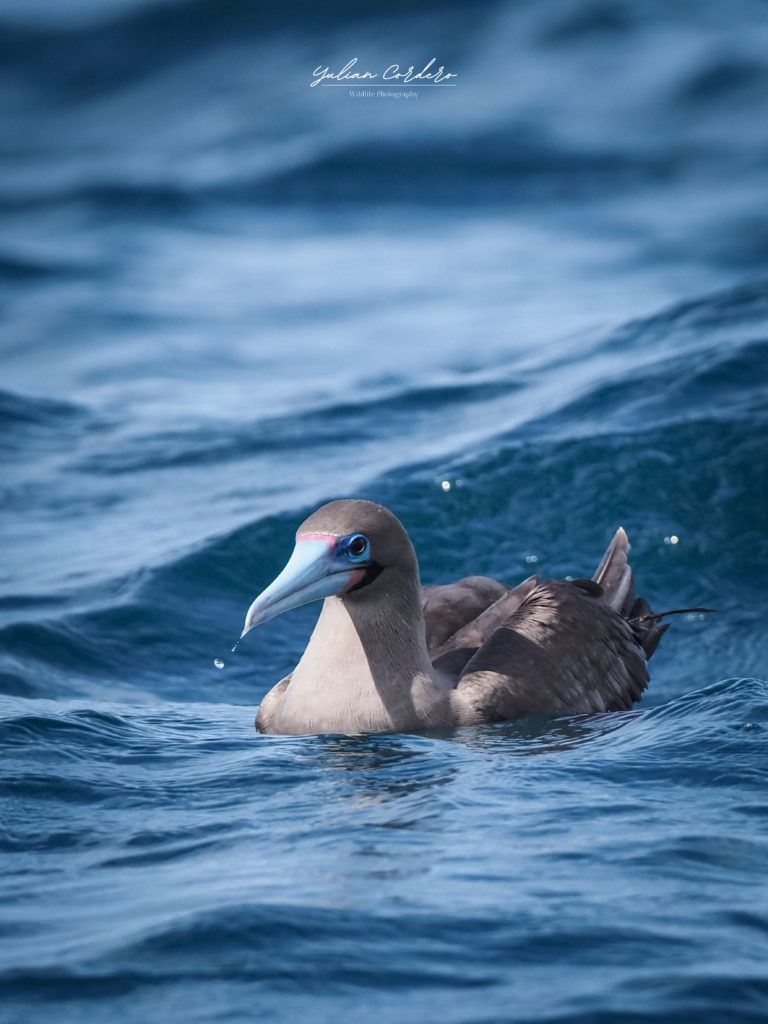
Mallo believes that restoring the marine ecosystem of the Osa Peninsula will enrich the local community. He elaborates, “Artisanal fishermen will be in a better place thanks to a healthy coral reef and mangroves. With the prohibition of industrial fishing, dive sites will be more attractive, strengthening the local ecotourism industry. It would mean a win-win for all life here, including for humans.”
About Innoceana
Innoceana is an international marine conservation organization with a team of engineers, biologists and naturalists of different disciplines. Our main goal is to preserve the Ocean using innovation and low-cost technology while inspiring and educating the next generations.

